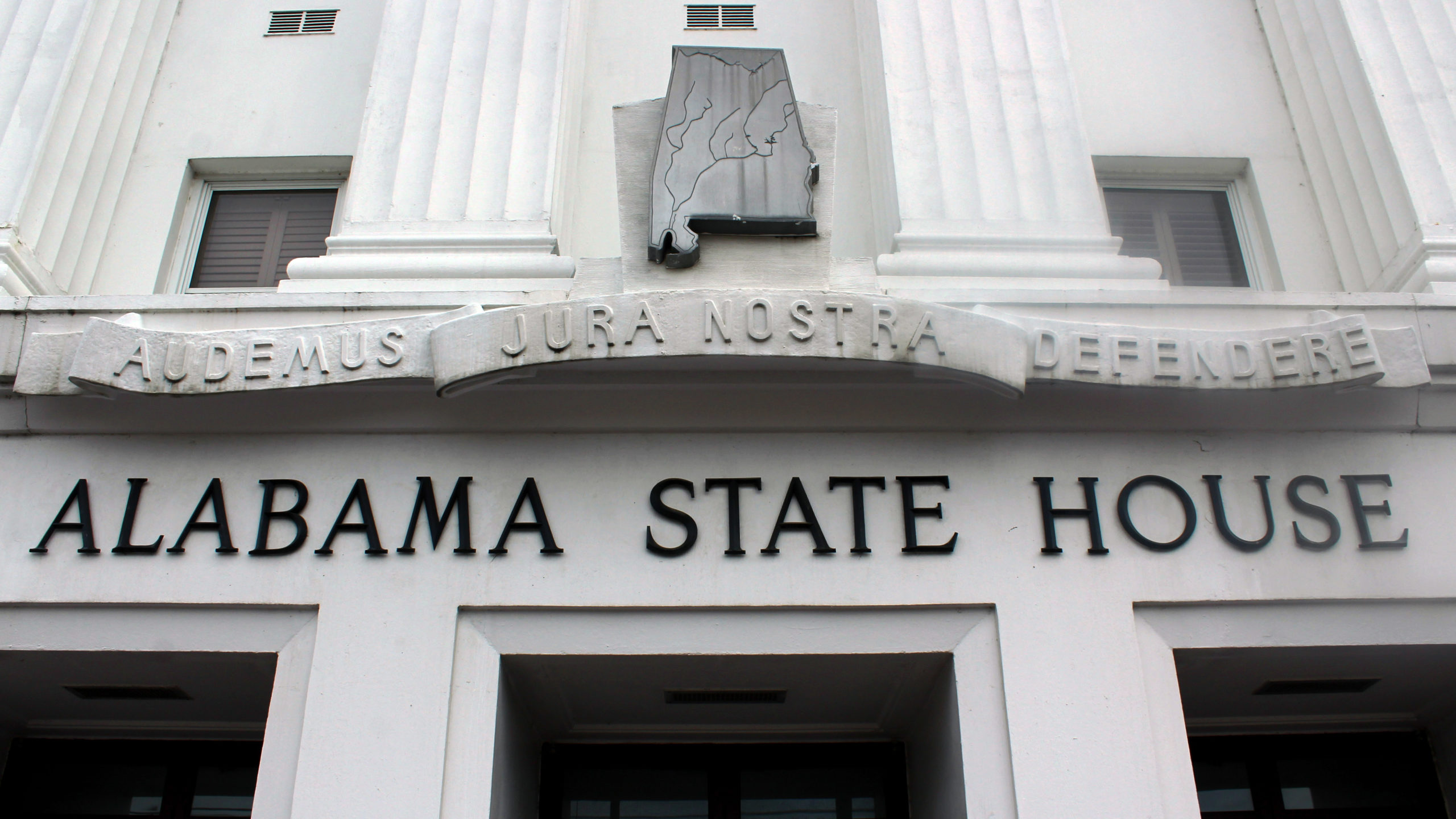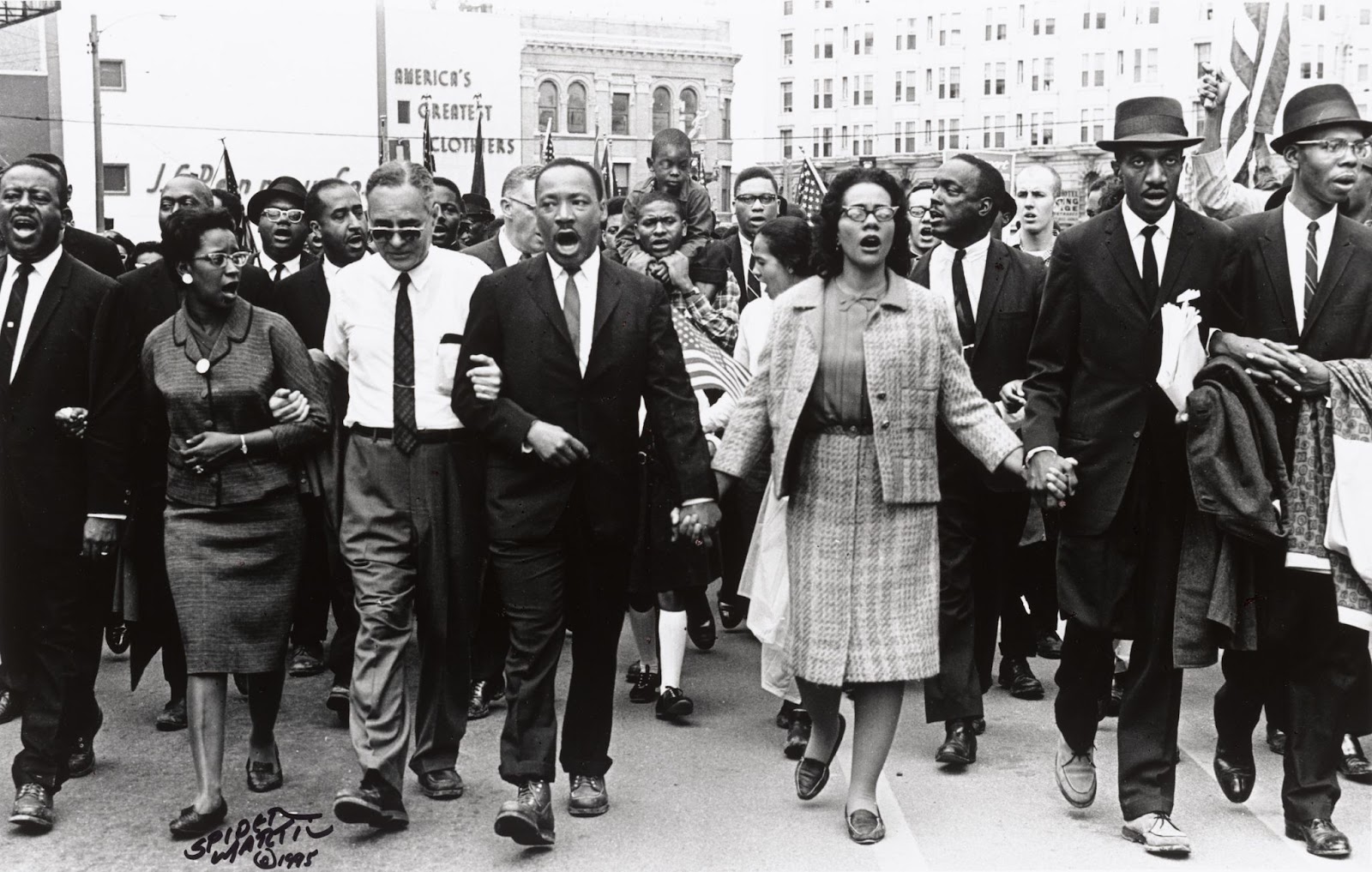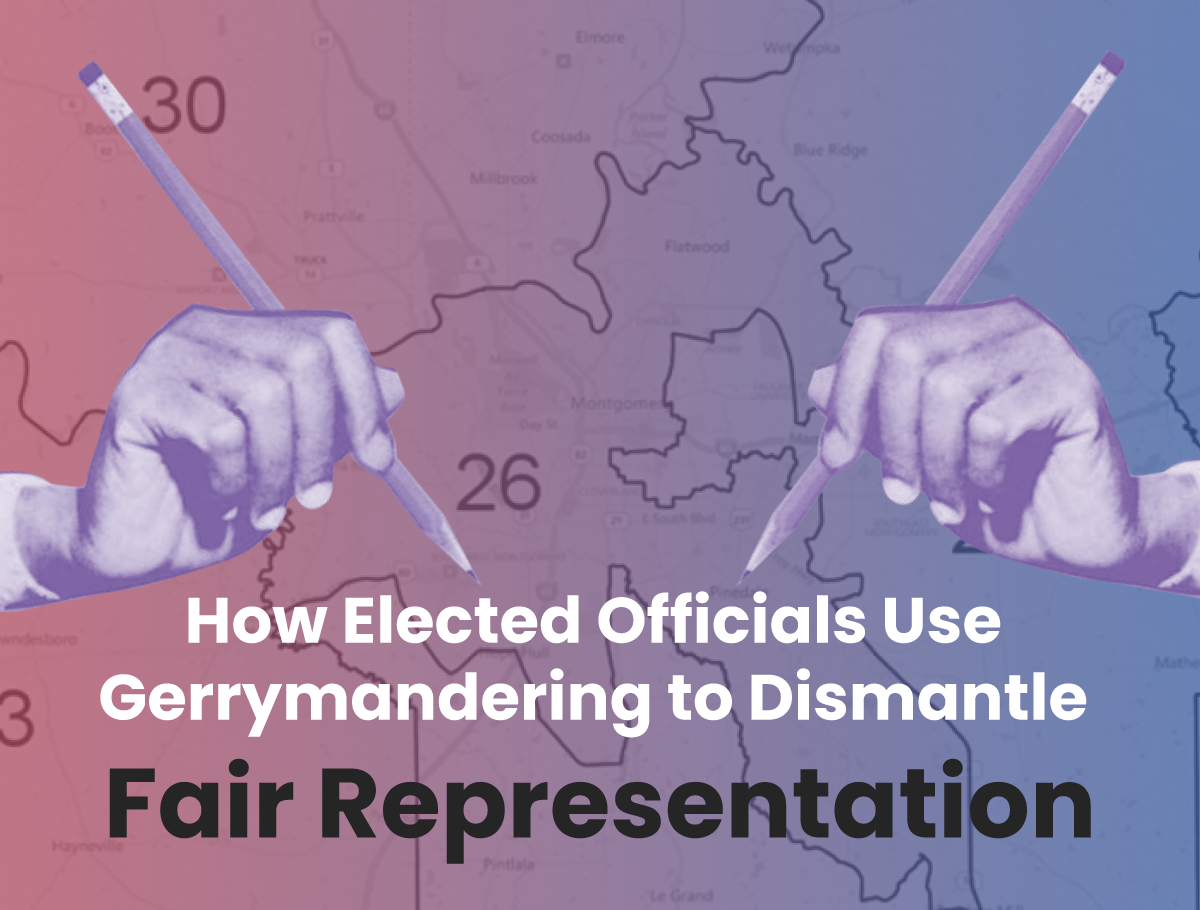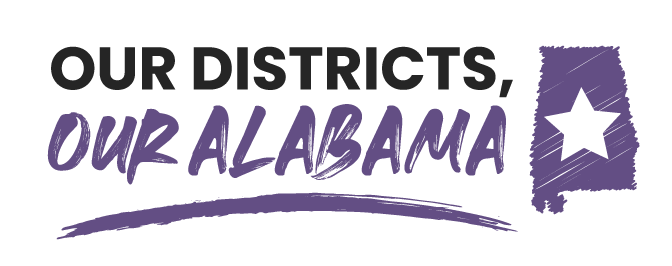The U.S Census released its once-a-decade data of everyone living in the country on August 12. It has already initiated a process that will affect Alabama for many years to come!
This process is known as the redistricting process, which should be an alert for all of us who love our state and the communities we call home. Gerrymandering has been an ongoing problem throughout the South’s history dating back decades. And today, elected officials continue to use gerrymandering to maintain power instead of creating a more reflective, prosperous state.
In recent years, there is a groundswell to introduce new legislation that would curb this issue by creating independent commissions instead of state legislatures that decide how district maps can be drawn after each census count is released.
What’s next in the redistricting process? Public hearings!
Alabama lawmakers have scheduled 28 public hearings in early September on new district maps for Congress, the Legislature, and the state Board of Education based on population changes shown by the 2020 Census. The public hearings will be held at community colleges across the state, and Alabamians are welcome to attend these public meetings to share their viewpoints on the upcoming process.
Public hearings have become more commonplace over recent years as governing bodies seek public input before making decisions or taking action on legislation. Public opinion is valued highly these days because it has been proven time and again how powerful dialogue about specific topics can influence outcomes such as representation. This input is supposed to be used towards the redrawing of district lines, which has an impact on just about every aspect of your day-to-day life; for example:
This input will be used towards the redrawing of district lines, which has an impact on just about every aspect of your day-to-day life; for example:
- Access to affordable healthcare options.
- The school zones you fall into and the quality of education your children receive.
- Access to community resources such as quality infrastructure and the safety standards that are established during a global pandemic.
- And most importantly, whether or not your community gets the fair representation you deserve.
View the list of Alabama public hearings dates and locations here
If you’re not used to participating in local and state government, there’s no better time than now to learn about your local issues and make your voice heard. Redistricting will unquestionably impact your life, so get involved today and make a plan to attend a public hearing in September. We’ll see you there!








